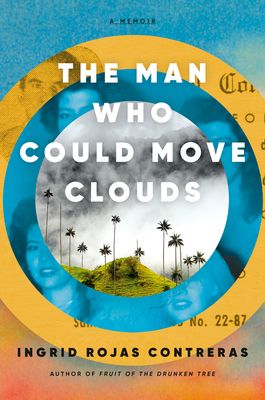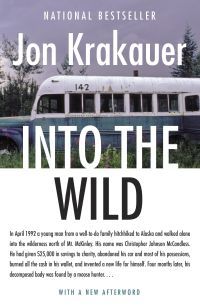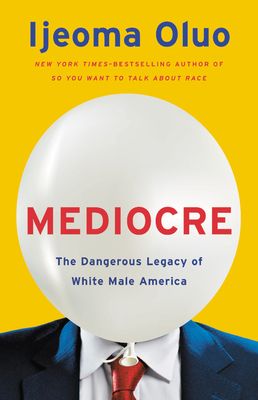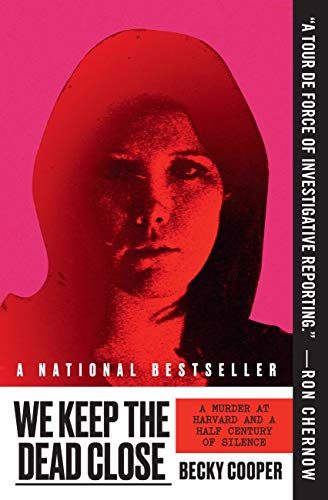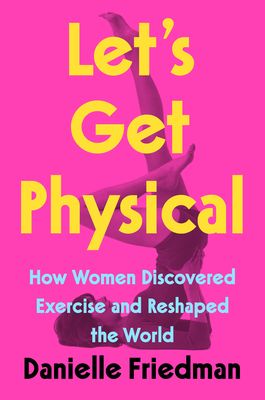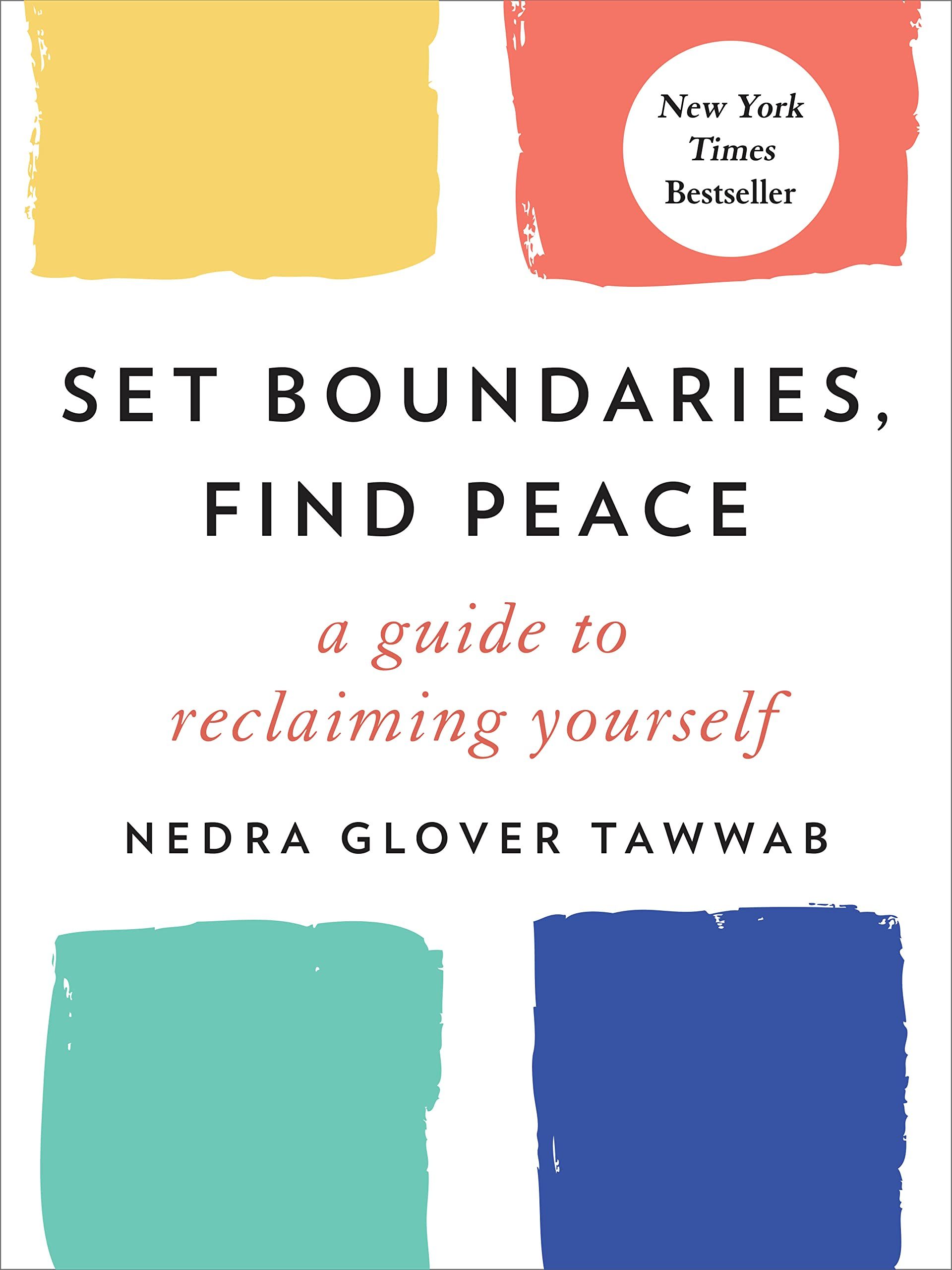Often, those folks are my mom. I can’t even count the number of times I’ve recommended a book to her, only to have her snap at me, “I don’t want to read a book that makes me work! I just want to enjoy it!” Never mind the fact that fiction can also be challenging and thought-provoking and that nonfiction is, itself, deeply enjoyable. “Do you read memoirs?” I’ll ask someone, practically vibrating with excitement because I want to recommend one to them. “Not really,” they’ll say, and I’ll deflate, only to find out later that there are, in fact, some memoirs they’ve enjoyed. They just don’t consider themselves lovers of nonfiction, so it didn’t occur to them to self-identify as a memoir reader. I have been a Book Riot contributor for approximately eleventy-billion years, and I continue to discover new favorite genres of fiction at which I’d previously turned up my nose. Horror comics. Sci-fi about the multiverse. Dark fantasy. With so many genres and sub-genres out there, all of them layered one atop the other, it’s impossible to make a blanket statement about any of them. The same is true for nonfiction. There are so many nonfiction sub-genres out there, you can’t possibly turn up your nose at all of them. If you consider yourself a fan of fiction alone, allow me to walk you through some of my favorite nonfiction sub-genres. You may think nonfiction is only one thing (dry academic texts?…how-tos for activities you have no interest in?…biographies of Very Important Old White Men?), but I promise you that it’s so much more. A quick note on terminology. Nonfiction is a type of writing based on facts, real events, and real people. Some of my favorite sub-genres of nonfiction count as creative nonfiction, considered by many to be a slippery term. Despite what some assume by the use of the word “creative,” I do not consider creative nonfiction to be nonfiction that plays fast and loose with the facts in order to get at some deeper emotional truth. Rather, I consider it to be nonfiction that uses the elements of fiction — scene, dialogue, description, etc. — to make a true story come alive. That sounds like fun…right, Mom?? Without further ado…
Memoir
Unlike autobiography (an account of a person’s life written by that person), memoir does not lay out a person’s life from beginning to end. Rather, memoir authors focus on a particular time period in their life or explore a particular theme that has played out for them over time. Those who read memoirs sometimes feel as if they really know a person afterward. The truth is, as with social media (I swear my life is more than cats, puzzles, books, and embroidery), readers are only being shown a specific piece of that person…not the whole picture. Of course, there are also sub-sub-genres of this nonfiction sub-genre. Some examples include celebrity memoirs, graphic memoirs, grief memoirs, and food memoirs.
Narrative Journalism
Also referred to as literary journalism or, in a certain subset, immersive journalism, works of narrative journalism use storytelling (that’s where the “narrative” comes in) bolstered by research and reportage. And because this nonfiction sub-genre is a type of creative nonfiction, yes, it also uses those aforementioned literary techniques of scene, character, etc. Books labeled as narrative journalism often aim to bring attention to a larger issue.
Cultural Commentary
Works of social and cultural commentary cast a critical eye upon our culture, often exploring the deficiencies that exist within politics, healthcare, the patriarchy, and other systemic structures that are doing the most at being the worst. As with all genre labels, this nonfiction sub-genre can overlap with others on this list. Memoirs can contain commentary on our culture, just as they can incorporate research and reportage. Works of immersive journalism can act as tools for social justice. Even humor can be used to discuss heavy topics, as Allie Brosh does with depression, and as Lindy West and Phoebe Robinson do with so many social ills through their laugh-out-loud-funny essays.
Food Writing
Food writing is a nonfiction sub-genre that focuses on food, and it includes everything from restaurant reviews to service journalism to cookbooks to history books. I am a sucker for good food writing because I am also a sucker for food. Also, to me, the best food writing evokes pleasurable sensations and pleasant memories, just as my favorite dishes make me think of particular times, places, and people.
True Crime
True crime is a subset of narrative journalism in which the author delves into an actual crime, digging deeply into the backstories of the perpetrator, the victim, and everyone in their orbit. Sometimes, the author seeks to solve an as yet unsolved mystery. Sometimes, we already know who did it from the very beginning, but the book serves to make sense of the crime, or explore how it was allowed to happen. The nonfiction sub-genre for sure has its issues, but I can’t help loving those works of true crime that give voice to victims, and that expose societal inequities.
History
When I hear the word “history,” I usually think of dusty old textbooks, corners dulled by time and use, glossy pages still, nevertheless, carrying that delicious textbook smell. It would likely not surprise you to learn that I was not super great at history during my school-aged years. Still, there have been a number of history books I’ve enjoyed in recent years…not those academic texts that make my eyelids heavy (though I know there are plenty who enjoy those), but more mainstream, accessible books that provide readers with an engaging, usually chronological account of past events relating to a particular person, place, period, product, trend, etc. So this nonfiction sub-genre makes it onto my list of favorites by a hair.
Self-Help
Self-help books provide readers with guidance on some aspect of their life, whether their career or their body image issues or some other area in which they feel in some way deficient. My favorite ones include actionable advice that will somehow, magically solve all of my life problems. I used to go bonkers over self-help books, particularly throughout my 20s. Now that I’m 42 and have zero fucks left to give, I read them less often, but there are still some that call to me, whispering sweet nothings about how I can maintain some semblance of control over my chaotic mess of a life if only I listen to the author. I’m going to close us out here while also acknowledging that there are many more sub-genres of nonfiction that exist. But hell, we could be here forever if I tried to explain all of them. And with the ways in which they all overlap, it’ll just get complicated. If, after reading this, you’re all hells yeah nonfiction!, you might find this list of the 50 best nonfiction books of the last 100 years useful.
